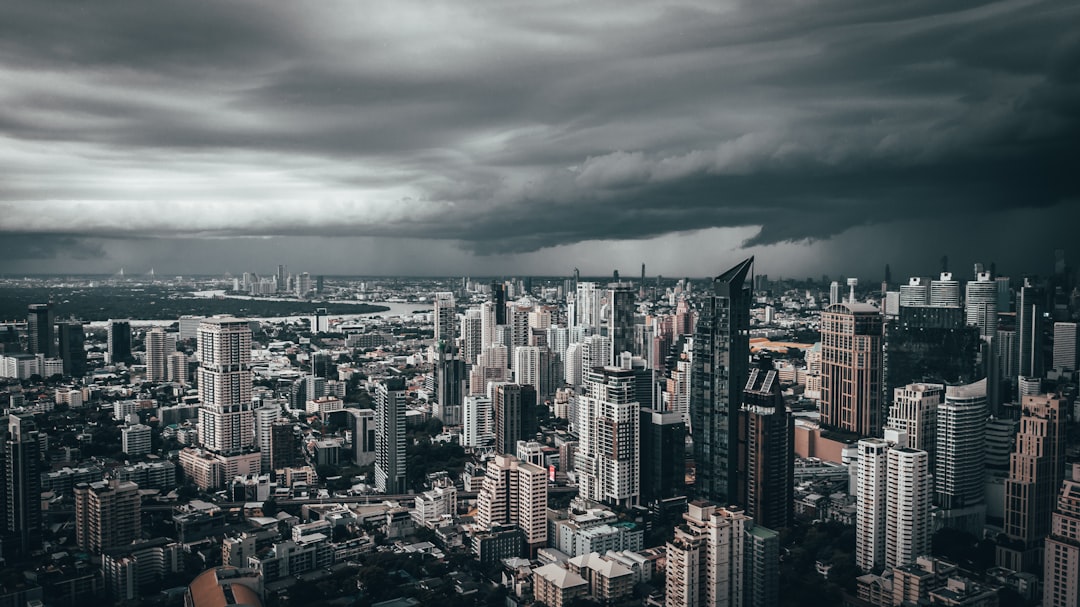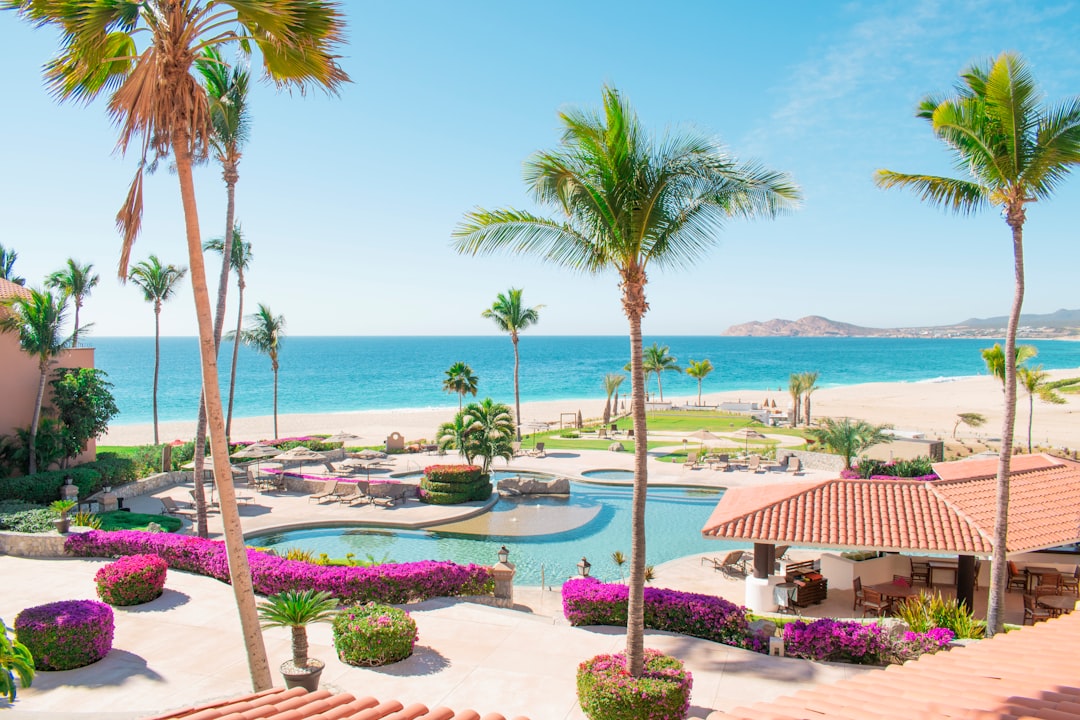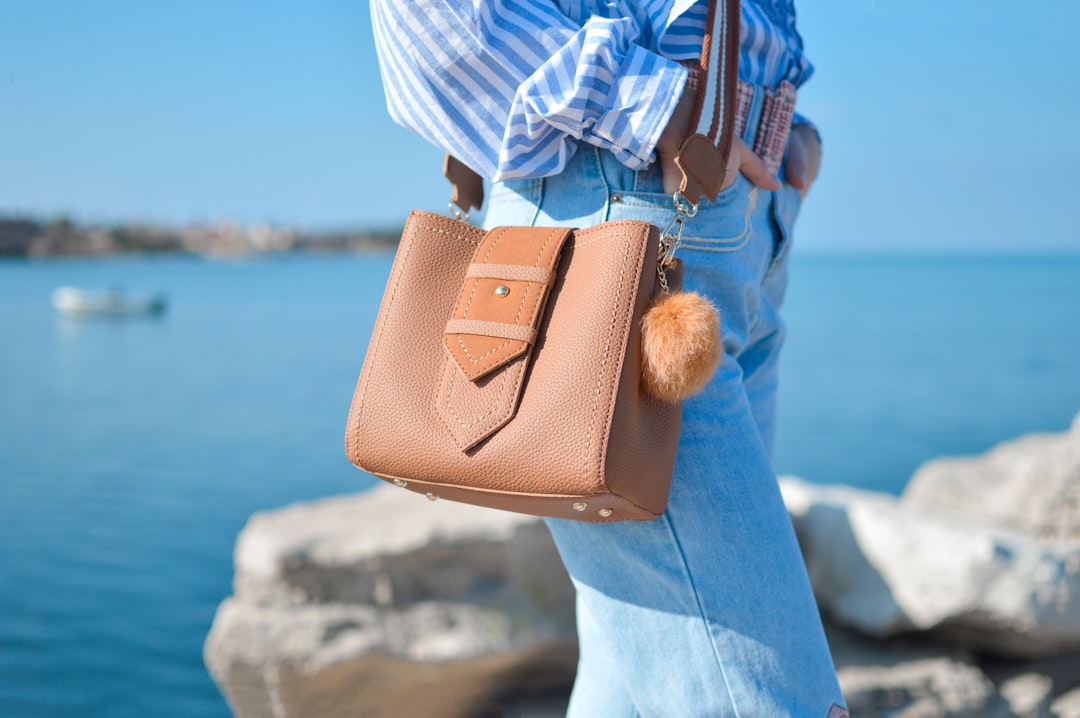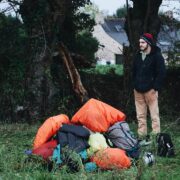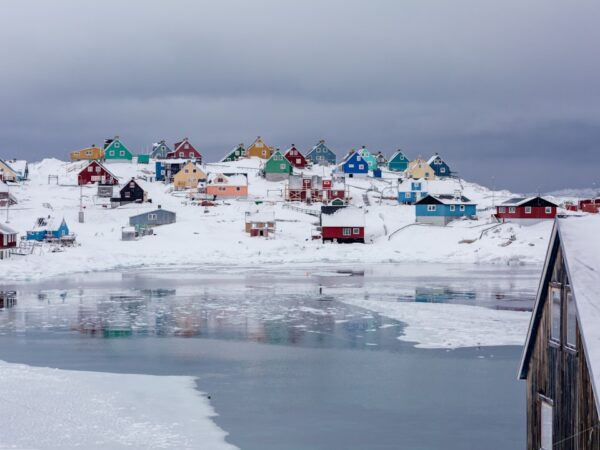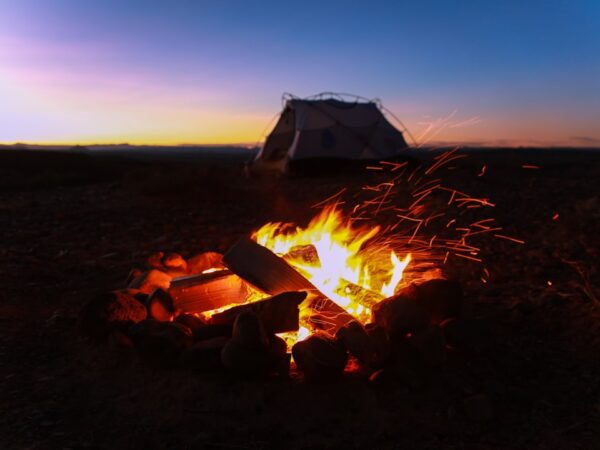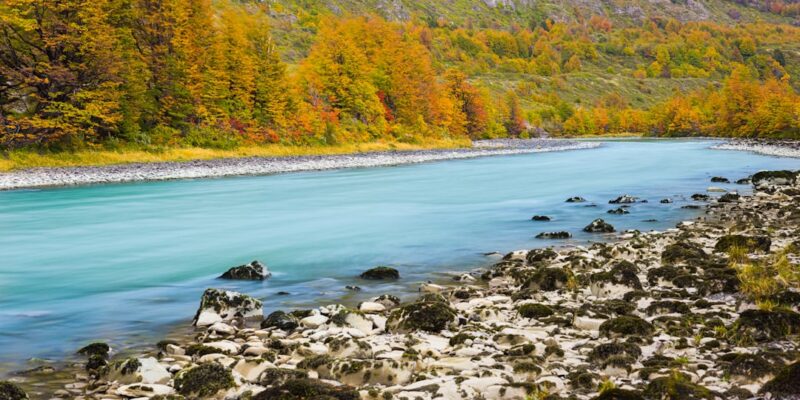
Discover Iceland’s Beauty: Join Photography Workshops
Iceland is a country known for its untouched and breathtaking natural beauty. From its majestic waterfalls and glaciers to its black sand beaches and volcanic landscapes, Iceland offers a diverse range of stunning landscapes that attract photographers from around the world. The country’s unique geography, with its combination of fire and ice, provides endless opportunities for capturing truly remarkable photographs.
Photographers are drawn to Iceland not only for its natural beauty but also for the unique experiences it offers. The country’s remote locations and untouched landscapes provide photographers with the chance to capture images that are truly one-of-a-kind. Whether it’s photographing the Northern Lights dancing across the night sky or capturing the power and beauty of Iceland’s waterfalls, there is no shortage of incredible subjects to photograph in Iceland.
Key Takeaways
- Iceland’s untouched beauty is a photographer’s paradise.
- Photography workshops in Iceland offer a unique opportunity to capture stunning landscapes and natural phenomena.
- Tips and techniques for capturing the Northern Lights include using a tripod and a wide-angle lens.
- Iceland’s majestic waterfalls provide a dramatic backdrop for photography.
- Shooting Iceland’s glaciers offers a one-of-a-kind experience for photographers.
Why Photography Workshops in Iceland?
Joining a photography workshop in Iceland can greatly enhance your experience as a photographer. These workshops offer a range of benefits that can help you improve your skills and capture stunning images. One of the main advantages of joining a workshop is the access it provides to remote locations that may be difficult to reach on your own. The workshop leaders are often experienced photographers who know the best spots to capture the most breathtaking images.
In addition to access to remote locations, photography workshops in Iceland also provide expert guidance and instruction. The workshop leaders are experienced photographers who can offer valuable insights and tips on how to improve your photography skills. They can help you with everything from composition and camera settings to post-processing techniques. This guidance can be invaluable in helping you take your photography to the next level.
Capturing the Northern Lights: Tips and Techniques
One of the most sought-after experiences for photographers in Iceland is capturing the Northern Lights, also known as the Aurora Borealis. The best time to see the Northern Lights in Iceland is during the winter months, from September to April, when the nights are long and dark. The best locations for viewing the Northern Lights are away from city lights, so it’s important to venture out into more remote areas.
When photographing the Northern Lights, it’s important to have the right camera settings and equipment. A tripod is essential for capturing sharp images, as long exposures are often necessary. It’s also important to use a wide-angle lens to capture as much of the sky as possible. In terms of camera settings, it’s best to shoot in manual mode and use a high ISO to capture the faint light of the Aurora Borealis. Experimenting with different shutter speeds can also help you achieve different effects.
When composing your Northern Lights photos, it’s important to consider the foreground and background elements. Including interesting elements in the foreground, such as trees or mountains, can add depth and interest to your images. It’s also important to pay attention to the composition of the sky, making sure to capture the full range of colors and patterns created by the Northern Lights.
Exploring Iceland’s Majestic Waterfalls
| Waterfall Name | Height (meters) | Location | Accessibility |
|---|---|---|---|
| Gullfoss | 32 | Southwest Iceland | Accessible by car and foot |
| Skógafoss | 60 | South Iceland | Accessible by car and foot |
| Dettifoss | 44 | Northeast Iceland | Accessible by car and foot |
| Seljalandsfoss | 65 | South Iceland | Accessible by car and foot |
| Godafoss | 12 | North Iceland | Accessible by car and foot |
Iceland is home to some of the most beautiful waterfalls in the world, making it a paradise for waterfall photography. Some of the most famous waterfalls in Iceland include Seljalandsfoss, Skógafoss, and Gullfoss. Each waterfall offers its own unique beauty and presents different challenges for photographers.
When photographing waterfalls, it’s important to consider the lighting conditions. Overcast days can be ideal for capturing the soft, diffused light that brings out the colors and textures of the water. On sunny days, it can be more challenging to capture the dynamic range of light and shadow. Using a polarizing filter can help reduce glare and bring out the colors in the water.
To capture the power and beauty of waterfalls, it’s important to experiment with different shutter speeds. Using a slow shutter speed can create a silky smooth effect on the water, while a faster shutter speed can freeze the motion of the water. It’s also important to pay attention to the composition of your photos, making sure to include interesting foreground and background elements to add depth and interest.
Shooting Iceland’s Glaciers: A Unique Experience
Iceland is home to some of the largest glaciers in Europe, offering photographers a unique opportunity to capture the beauty and grandeur of these icy landscapes. The glaciers in Iceland are constantly changing and evolving, creating a dynamic and ever-changing subject for photographers.
When photographing glaciers, it’s important to capture the unique textures and colors of the ice. Using a wide-angle lens can help you capture the vastness of the glacier and the intricate details of the ice. It’s also important to pay attention to the lighting conditions, as different angles of light can create different effects on the ice.
Safety is also a key consideration when shooting on glaciers. It’s important to be aware of the potential dangers, such as crevasses and falling ice. It’s recommended to join a guided tour or workshop when shooting on glaciers, as they can provide valuable guidance and ensure your safety.
The Magic of Iceland’s Black Sand Beaches
Iceland’s black sand beaches are another unique feature that attracts photographers from around the world. The contrast between the black sand and the white waves creates a striking visual effect that is truly captivating.
When photographing black sand beaches, it’s important to pay attention to the weather conditions. Stormy weather can create dramatic waves and clouds, adding interest and drama to your images. On sunny days, it’s important to use a polarizing filter to reduce glare and bring out the colors in the sand and water.
To capture the contrast between the black sand and white waves, it’s important to experiment with different exposure settings. Using a slower shutter speed can create a sense of movement in the waves, while a faster shutter speed can freeze the motion and capture the details of the water droplets. It’s also important to pay attention to the composition of your photos, making sure to include interesting foreground and background elements to add depth and interest.
Photographing Iceland’s Volcanic Landscapes
Iceland’s volcanic landscapes offer photographers a unique opportunity to capture the textures and colors of volcanic rocks. The country is home to a number of active volcanoes, as well as vast lava fields and volcanic craters.
When photographing volcanic landscapes, it’s important to pay attention to the lighting conditions. Overcast days can be ideal for capturing the rich colors and textures of the volcanic rocks, while sunny days can create harsh shadows and highlights. Using a polarizing filter can help reduce glare and bring out the colors in the rocks.
To capture the textures and colors of volcanic rocks, it’s important to experiment with different angles and perspectives. Getting up close to the rocks can reveal intricate details and patterns, while shooting from a distance can capture the vastness of the landscape. It’s also important to pay attention to the composition of your photos, making sure to include interesting foreground and background elements to add depth and interest.
Wildlife Photography in Iceland: From Puffins to Whales
Iceland is home to a diverse range of wildlife, including puffins, whales, seals, and reindeer. Photographing these animals in their natural habitats can be a truly rewarding experience for wildlife photographers.
When photographing wildlife in Iceland, it’s important to be patient and observant. Animals can be unpredictable, so it’s important to be prepared and ready to capture the moment when it happens. Using a telephoto lens can help you get close-up shots of animals without disturbing them.
To capture the behavior and movements of animals, it’s important to use a fast shutter speed. This will help freeze the motion and capture the details of the animal’s actions. It’s also important to pay attention to the composition of your photos, making sure to include interesting foreground and background elements to add context and interest.
Shooting wildlife from boats can present its own set of challenges. It’s important to use a fast shutter speed to compensate for the movement of the boat and the animals. It’s also important to be mindful of the animals’ behavior and not disturb them or get too close.
The Best Time to Visit Iceland for Photography
The best time to visit Iceland for photography depends on what you want to capture. Each season offers its own unique features and opportunities.
Winter is a popular time for photographers to visit Iceland, as it offers the chance to capture the Northern Lights and the snowy landscapes. The long nights provide ample opportunities for photographing the Aurora Borealis, while the snow-covered landscapes create a magical atmosphere.
Spring is a great time to visit Iceland for photographing waterfalls and wildflowers. The melting snow creates powerful waterfalls, while the blooming flowers add color and beauty to the landscapes.
Summer is a popular time for photographing Iceland’s wildlife, as it’s when many animals are active and breeding. It’s also a great time for capturing the midnight sun, when the sun never fully sets and creates a unique lighting effect.
Autumn is a great time for capturing the fall colors in Iceland’s landscapes. The changing leaves create a vibrant and colorful backdrop for your photos.
Choosing the Right Photography Workshop in Iceland: What to Consider
When choosing a photography workshop in Iceland, there are several factors to consider. First, it’s important to research the workshop leaders and their experience as photographers. Reading reviews and recommendations from past participants can give you an idea of their expertise and teaching style.
It’s also important to consider the size of the workshop group. Some photographers prefer smaller groups, as they allow for more one-on-one instruction and personalized guidance. Others may prefer larger groups, as they offer the opportunity to meet and learn from a diverse range of photographers.
Another factor to consider is the itinerary of the workshop. Make sure the workshop includes locations and subjects that align with your interests as a photographer. It’s also important to consider the duration of the workshop and whether it allows enough time to fully explore and capture the beauty of Iceland.
Finally, it’s important to consider the cost of the workshop and what is included in the price. Some workshops may include accommodations, meals, and transportation, while others may require you to arrange these on your own. It’s important to factor in these additional costs when comparing different workshops.
Joining a photography workshop in Iceland can provide photographers with unique opportunities to capture stunning images of the country’s natural beauty. From capturing the Northern Lights dancing across the night sky to photographing Iceland’s majestic waterfalls, glaciers, black sand beaches, volcanic landscapes, and wildlife, there is no shortage of incredible subjects to photograph in Iceland.
Photography workshops in Iceland offer a range of benefits, including access to remote locations, expert guidance and instruction, and opportunities to learn new techniques and improve skills. Whether you’re a beginner looking to learn the basics or an experienced photographer looking to expand your portfolio, joining a photography workshop in Iceland can greatly enhance your experience and help you capture truly remarkable images. So pack your camera gear and get ready for an unforgettable photography adventure in Iceland!
FAQs
What are photography workshops in Iceland?
Photography workshops in Iceland are educational programs designed to help photographers improve their skills and techniques while exploring the stunning landscapes of Iceland.
Who can attend photography workshops in Iceland?
Anyone who is interested in photography, regardless of their skill level, can attend photography workshops in Iceland. However, some workshops may have specific requirements or prerequisites.
What do photography workshops in Iceland typically include?
Photography workshops in Iceland typically include guided tours of Iceland’s most scenic locations, hands-on photography instruction, and critiques of participants’ work. Some workshops may also include accommodations, meals, and transportation.
What types of photography workshops are available in Iceland?
There are a variety of photography workshops available in Iceland, including landscape photography, wildlife photography, astrophotography, and more. Some workshops may focus on specific techniques or equipment, such as long exposure photography or drone photography.
How long do photography workshops in Iceland typically last?
Photography workshops in Iceland can vary in length, but most workshops last between 3 and 10 days.
What is the cost of attending a photography workshop in Iceland?
The cost of attending a photography workshop in Iceland can vary depending on the workshop provider, the length of the workshop, and the inclusions. However, most workshops cost between $1,000 and $5,000.
Do I need to bring my own camera equipment to a photography workshop in Iceland?
Yes, participants are typically required to bring their own camera equipment to a photography workshop in Iceland. However, some workshops may provide equipment rentals or loaner gear for an additional fee.
Are photography workshops in Iceland suitable for beginners?
Yes, photography workshops in Iceland are suitable for beginners. In fact, many workshops are designed specifically for beginners and provide basic instruction on camera settings, composition, and other fundamental photography skills.


